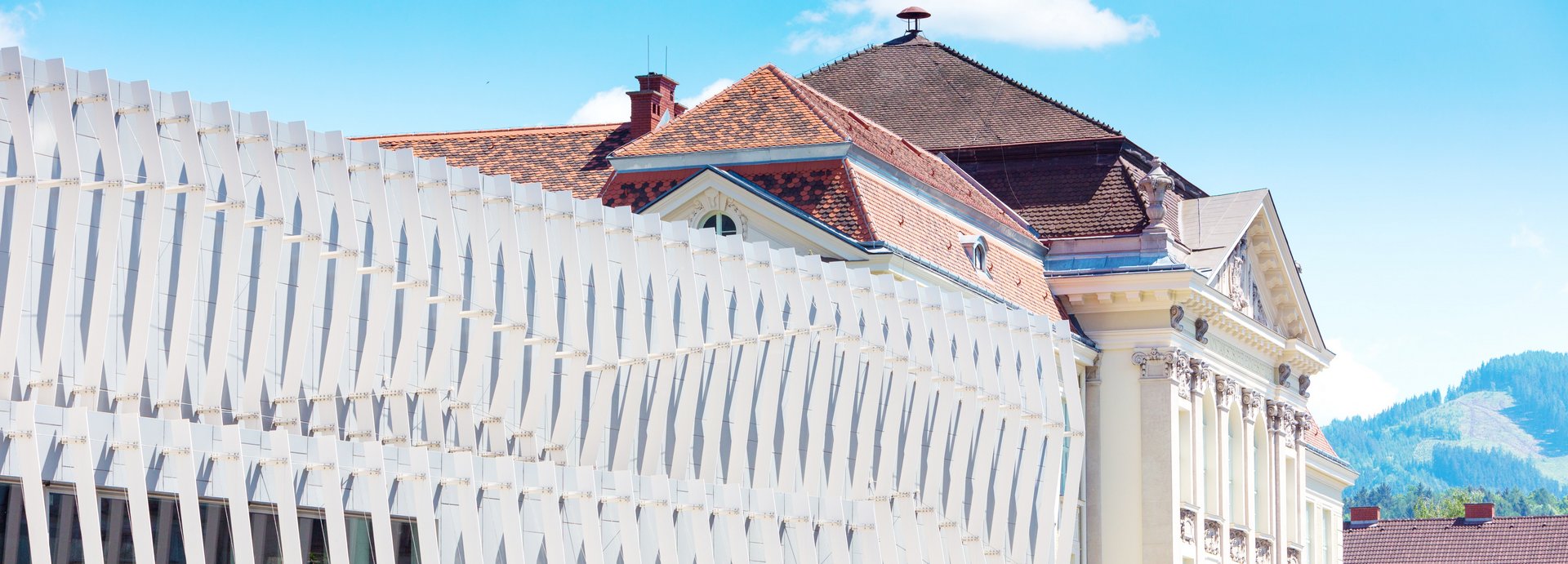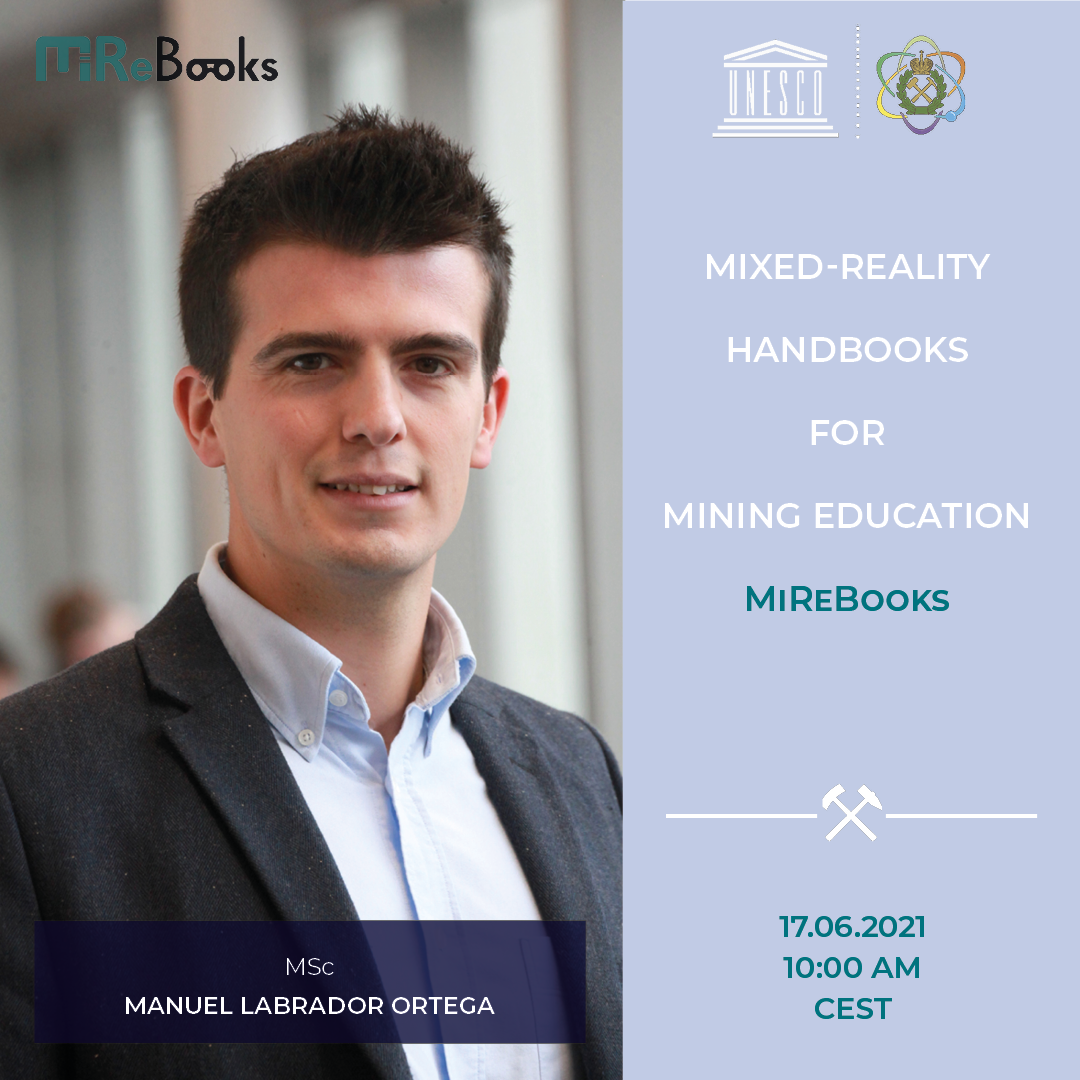On 17 June, the twelfth part of the Austrian branch’s online lecture series titled “Mixed Reality Handbooks for Mining Education” took place.
The lecture was held by Manuel Labrador Ortega, now project manager of “MiReBooks” at Montanuniversität Leoben.
Before, he worked in the oil and gas industry for four years, gaining insights into the digitalisation of the industry.
The project “MiRe-Books” is set to deliver new digital standards for higher education across Europe using virtual and augmented reality based (VR/AR) interactive mining handbooks for a new digital learning experience.
Nowadays, digital technologies are introduced into our lives from a very young age, changing the way we assimilate information. Yet, throughout the years of education, the methods of learning are still mainly paper-based and technologies are just slowly starting to be implemented in everyday school life.
For engineering students, the topics become increasingly complex and, in some cases, are abstract and difficult to understand. In this scenario, visiting real operations helps to understand and assimilate these concepts.
Nevertheless, operating sites are often hardly accessible because they are remote and hazardous for students.
MiReBooks is creating a series of mixed reality (MR) mining books that bring the mine into the classroom and enhance the comprehension of complex topics with 3D models that are visualised in AR and VR.
For this purpose, 3D models of mining machinery are created and 360° videos of mining sites across Europe are filmed.
In addition, suitable texts are written to create a complete learning experience.
MR lectures can be created using the MiReBooks software. This enables the lecturer to add and edit 360° videos and 3D models to the slides in a very user-friendly manner. During the lecture, the software allows the professor to control the lecture from a device, such as a tablet, and interact with the students as they visualise content in VR.
It should be pointed out that this method is not solely limited to the mining sector, since the software for creating the presentations is completely independent of mining.
Other fields, such as medicine, can also make use of it as long as the digital content is available.
In the following Q&A session, questions were asked about the chance of making mining more appealing to younger students with this software.

